Everything to Know About Sustainable Agriculture
What is Sustainable Agriculture?
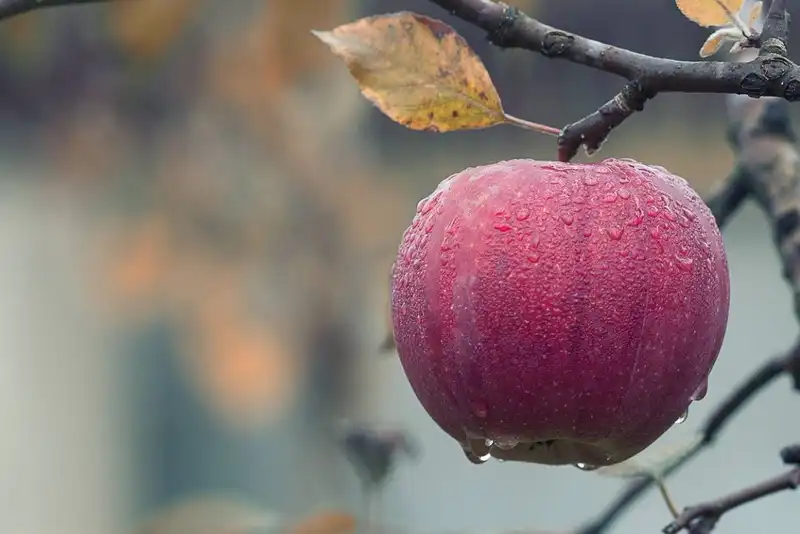
Sustainable agriculture brings together natural systems which benefit economic, social and environmental landscapes with farming resources. It involves complex integrations of agricultural specificities, like-
- Water Management
- Building and maintaining healthy soil
- Minimizing air, water, and climate pollution
Decades of science and practical application have created some key areas of sustainable farming practices. They are-
- Rotating crops- By planting a different variety of crops, it helps to improve pest control and create healthier soil.
- Crop diversity- This means to include intercropping and multi-year crop rotations.
- Planting cover crops- Crops such as clover or hairy vetch, are planted in the off-season to cover bare soil. This helps to keep the soil healthy by replenishing nutrients and preventing erosion, among other reasons.
- Reducing or eliminating tillage- Tillage is another term for traditional plowing. It is traditionally used to prepare fields for planting. However, it has caused some loss of soil. Reduced tillage methods have seen improved soil health.
- Applying integrated pest management (IPM)- Pests can ravage crops and farmland. Mechanical and biological control methods can be used to reduce pest populations while minimizing the use of chemical pesticides.
- Integrating livestock and crops- Evidence has shown integrating animals with crop production areas is a more efficient approach to farming.
- Adopting agroforestry practices- By using trees and shrubs to shelter animals and the land they graze on; farmers have seen additional profits.
The Importance of Sustainable Agriculture

Makes use of the land
Sustainable farming uses all aspects of land with a more efficient approach. Planting a variety of crops on a single patch of land produces more food per acre. The crop diversity can also make the crops grow stronger. Because of the different genetics involved, there is less risk of the crops failing from diseases or pest infestation.
Works with nature
Working with nature instead of against it, sustainable farming focuses on a regenerative approach. By improving resources through soil enrichment, increased biodiversity, and enhanced ecosystems it keeps the farmland from depleting.
It creates a stable food supply
A consolidated grouping of farms under a corporate umbrella can impact a large bulk of the country's farmers even when only one farmer is having problems. Sustainable farming seeks to be more dispersed to limit financial instability and its impact on the overall agricultural industry. As the population continues to grow with an estimated 9.7 billion by 2050, sustainable farming hopes to be the answer to continue providing enough food.
It promotes local communities
Local food production is highly encouraged through sustainable farming methods. By having a local food system, the profits can be reinvested throughout the community in a number of ways such as increased job opportunities. The environmental impact from sustainable farming is also an important factor to the community. It also supports well-maintained habitats for wildlife.
Benefits of Sustainable Farming
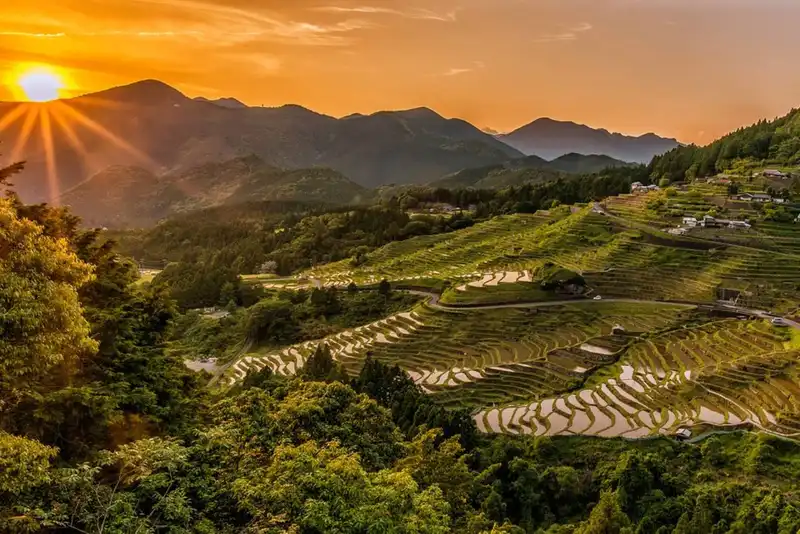
There are many benefits to committing to sustainable agriculture practices.
1. Environment conservation
Sustainable farming reduces the reliance on chemical use and nonrenewable energy. This helps prevent soil degeneration and keeps the land healthy. Saving resources will benefit the demand for food in the future.
2. Cost reduction and profit focus
Having a more efficient farming system benefits the entire agriculture industry with profitability. Data sensors continue to monitor everything from seed drills, sprayers, and spreaders to minimize surprises that can cause higher costs.
3. Improving food production and lessen food waste
Improving food production will help feed the growing population in the world while minimizing food waste. Developing agricultural practices with sustainable agriculture opens possibility.
Methods of Sustainable Agriculture
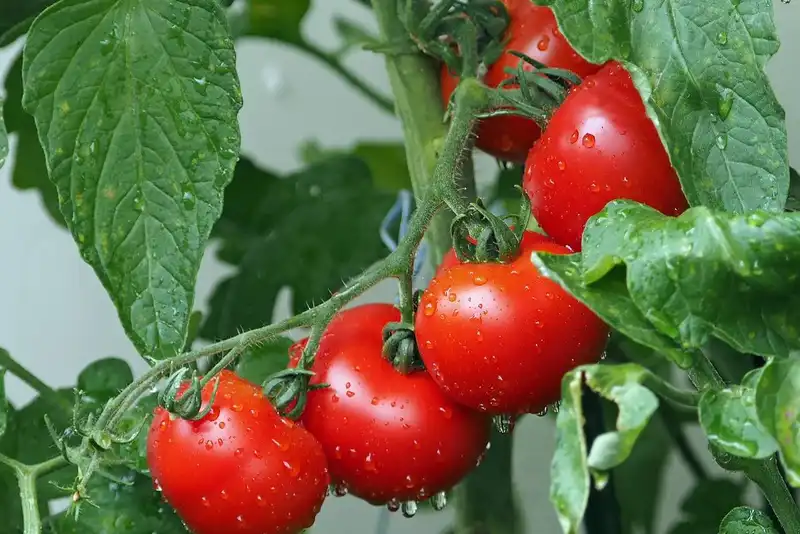
1. Crop Rotation
Crop rotation is used to avoid planting problems. By rotating crops it helps replenish nutrients in the soil and the plants themselves. The rotation also curbs pest problems as pest won't congregate in one spot on a specific crop. Lower pest infestation means chemicals and pesticides won't need to be used either.
2. Permaculture
Permaculture is a food production system intended to increase the efficiency in productivity while reducing the waste of resources. Some of the techniques used in permaculture include herb and plant spirals; non-tillage grain growing and garden beds. Each of these are meant to serve multiple purposes. Permaculture focuses on a designed system that integrates perennial crops to mimic a natural ecosystem.
3. Cover Crops
Planting crops over a barren area enhances soil quality to avoid erosion and suppresses weed overgrowth. Clover is one of the crops often used for this task. Planting cover crops also lessens the need for chemical fertilizers.
4. Soil Enrichment
Keeping soil enriched and healthy is an important component to farming. Soil health can be disrupted over time when too many pesticides are used. When the soil is enriched it leads to a better harvest of crops. Some ways to enrich soil include using composted plant material or animal manure.
Sustainable Agriculture and Technology
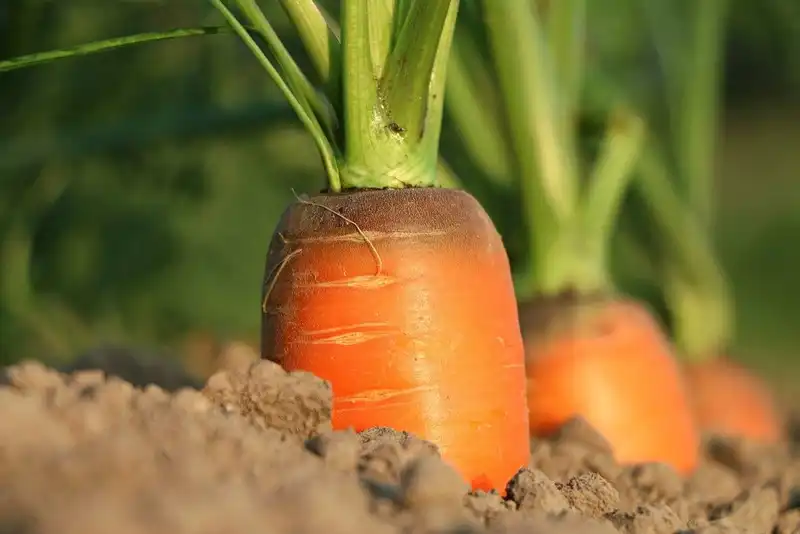
The U.S. Farmers and Ranchers Alliance (USFRA) is backing technology in sustainable agriculture efforts. More farmers are using technology in many aspects of their food growth. Some types of technological advances has seen the use of moisture sensors, smart irrigation, and terrain contour mapping to produce food in a more efficient and eco-friendly manner.
According to the Future of Agriculture in The Economist, using tech in farms helps with sustainability and to remain profitable. Today's sustainable farms and ranchers use both hardware and software to contribute to the analysis of their farm efforts. Technology can see further than the human eye. Using a mix of math and data analysis, the farmers can have a better understanding of how their crops are producing.
An example of technology on the farm would be the use of drones. Putting a multispectral sensor on a drone that passes over the land will collect data that helps create a better watering schedule. Using that same sensor on a tractor fertilizing soil shows the amount of nitrogen needed in certain crops.
A survey conducted by the USFRA showed that 56% of farmers and ranchers were likely to begin using technology for sustainable farming.
Innovations in Sustainable Agriculture
A report at the 2017 National Academy of Sciences stated that the agriculture industry is increasing the use of information and communication technology (ICT). Some innovations have already made it from the design phase and are already being used by food producers and distributors the world over.
1. Digital Sensors
Technology for digital sensors is versatile. They can be used on drones to produce aerial images and collect data. From an aerial view farmers can watch cattle movement, collect climate data, and even see the precise pH level of soil.
2. Irrigation
Irrigation is important to food production but water waste is also an issue. Technological innovations developing ways to use less water but get ample irrigation. These irrigation innovations will be more efficient and create sustainability.
3. Drones
The use of drones in agriculture will continue to grow and evolve as producers harness this very powerful technology in various aspects of their production. Drones can carry a wide array of sensors and cameras that can continually monitor crop growing conditions.
4. Biotechnology
Biotechnology is making a major impact on sustainable agriculture. By using this tool, crop breeders are able to grow plants that have specific traits. Biotechnology has been able to take an agricultural method that has been around for centuries, like crop breeding, and make it more efficient.
5. Fleet Management
Advanced telemetry systems and GPS are game changers for agricultural fleet management. Theses systems track equipment being used and can generate important information on each piece. The high-end models show engine speed, how much fuel is used, and deliver maintenance alerts. Ultimately, the goal is to have the most efficient equipment in the fleet.
The Future of Sustainable Agriculture
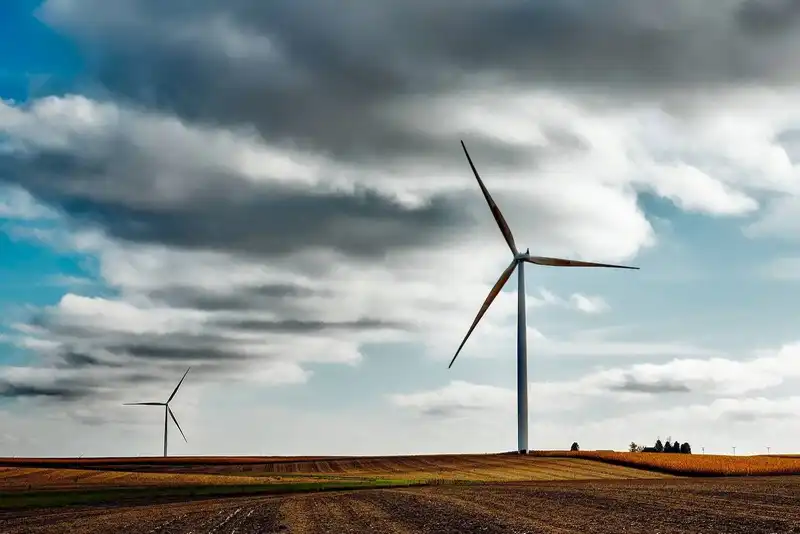
Innovations for environmental sustainability in agriculture continue to be explored. Using a dedicated process, sustainable agriculture has shown marked improvements towards the environment, the land and the farmers who till it. By continuing to make resources available for sustainable farming, health crops can be produced with less cost.
These ideas are starting to branch out from the farms and into restaurants, offices and people's backyards. Vertical farming systems have been introduced to grow sustainable food almost anywhere. These micro-farms can supply safe, healthy and sustainable food at many locations. They are being called future farming techniques.
Conclusion to Sustainable Agriculture
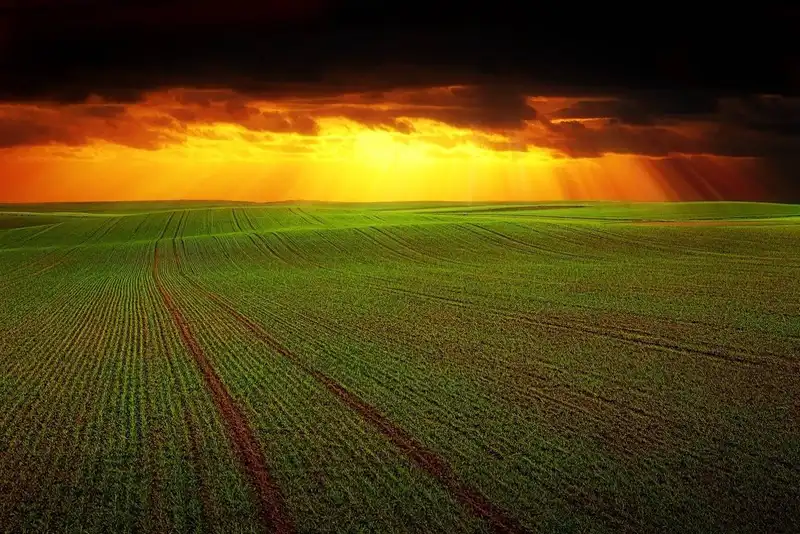
- Sustainable agriculture is beneficial because it uses the land; reduces pollution; crates a stable food supply and promotes local communities.
- Technology has enhanced the growth of sustainable agriculture and with new innovations coming out all the time the future of sustainable farming will continue to grow.
- Methods of sustainable agriculture and regenerative farming include crop rotation; permaculture; conservation tillage; cover crops and soil enrichment.
- Sustainable agriculture is a complex system that brings together water management; maintenance of soil; and minimization of pollution or other damaging environmental factors.




